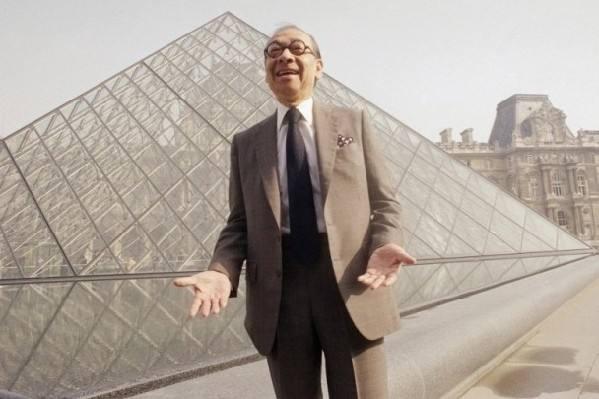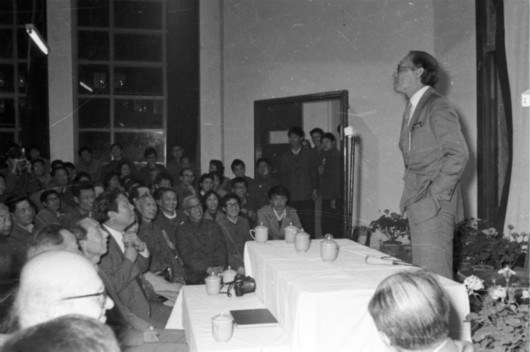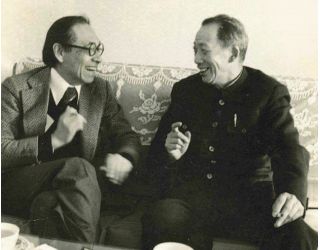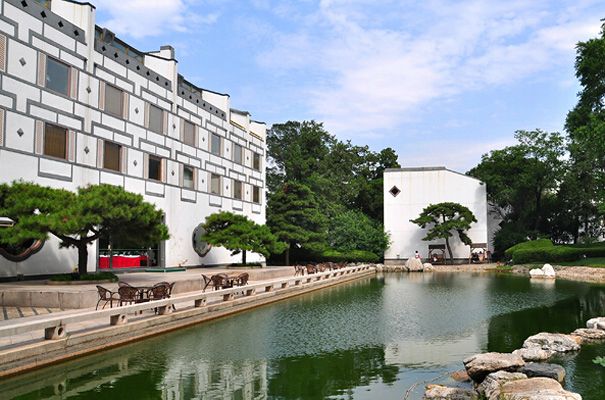One of the most revered architects in the world and great figures of 20th century modernism, Ieoh Ming Pei died early Thursday at his home in Manhattan, New York. He was 102. His death was confirmed by his firm Pei Cobb Freed Partners and his son Li Chung Pei, who is also an architect.

I.M. Pei was born in Guangzhou and raised in Hong Kong and Shanghai. He moved to the United States in 1935 and enrolled in the University of Pennsylvania's architecture school and then at the Massachusetts Institute of Technology. He was the mastermind behind such world-renowned buildings as the Louvre Pyramid in Paris,the landmark Bank of China Tower in Hong Kong, Athens’ Museum of Modern Art, the East Building at Washington’s National Gallery of Art and the Fragrant Hill Hotel near Beijing. His works are notable for their powerful geometric shapes and grand spaces. He received the Pritzker Architecture Prize of 1983, generally acknowledged as architecture's highest award.
Though widely known as an American architect, I.M. Pei never forgot that he was also Chinese. This dual sense of identity helped him work so smoothly in multiple worlds.

I.M. Pei gave his first lecture at Tongji University on April 25, 1981.(photo provided by Tongji University)
According to Li Zhenyu, Dean of the College of Architecture and Urban Planning in Tongji University, I.M. Pei paid multiple visits to Tongji University in Shanghai, with the most memorable being his first lecture there on April 25, 1981. On October 24 of that year he was awarded an honorary professorship of Tongji University.

I.M. Pei and Chen Congzhou (photo provided by Tongji University)
During his visits to Tongji, I.M. Pei also built a great friendship with Chen Congzhou (1918-2000), then Professor of Architecture at Tongji University, thanks to their common fascination with Chinese garden buildings and Chinese culture such as Peking and Kun Opera. Mr. Chen was the leading Chinese garden historian of his generation and a practicing landscape architect involved in the restoration of historic gardens. I.M. Pei felt inspired by Professor Chen’s insights on traditional Chinese gardens in his book On Chinese Gardens.

Fragrant Hill Hotel
In the late 1970s, I.M. Pei was asked by officials to design a modern high-rise hotel in central Beijing. Instead, he decided to select a site on the city's wooded outskirts. In April, 1979, Pei invited Professor Chen to Beijing to share his thoughts on this first work in China near the Fragrant Hill. They then headed for the hill to make detailed studies about the landscape and preservation of trees. Finally, I.M. Pei designed a low-rise complex, the Fragrant Hill Hotel, whose white walls and relationship with its landscape were inspired by the classical architecture and gardens of Suzhou, the Pei family's ancestral home, where he later designed his best project in the country, the Suzhou Museum.
